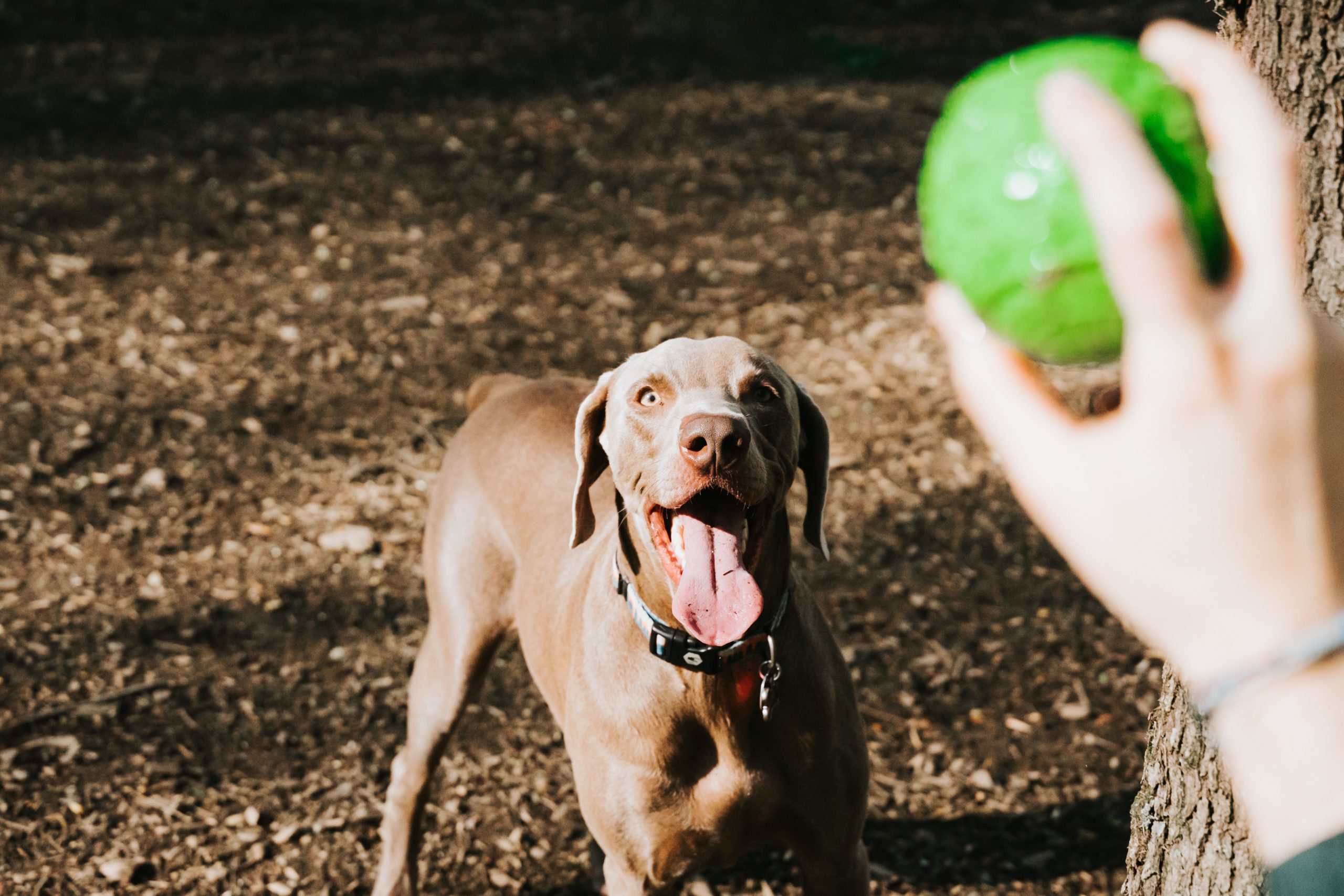5 Dog Park Planning and Design Tips

So, you’ve decided to establish a dog park in your neighborhood. Just thinking about the possibilities for your beloved companions to interact and play is enough to get anyone excited. On top of that, it will be a place where you and your fellow dog lovers can meet up. Before you begin, however, there are many elements to contemplate. Here are five dog park planning and design tips that will help your dreams manifest as brightly as you envision. Dog park planning sounds simple, but consider these important steps.
Dog Park Planning:
Decide the Location
At the outset, you should think about where to build the dog park. The location that you pick should be easily accessible to all residents of the surrounding area. At the same time, it may be preferable to have it located to the side of a community, so that there are no disturbance issues. You should also consider if there is space for a parking lot since some people will drive to get to it.
If there are other general parks nearby, you should try to space the dog park a reasonable distance away to avoid repetitiveness. The presence of another park may mean that the need for a dog park is low in that location, since dogs can usually be brought there—even if it’s not designed especially for them.
With regards to the area itself, you should aim for mostly flat ground for dogs to run on, though some hills can add variety. Make sure that the space is over an acre, so that dogs of all sizes have enough room to move freely.
Plan the Layout
Most dog parks today are partitioned into three sections: an entry space, a small dog area, and a large dog area. The entry space allows owners to unleash their dogs and lets arriving dogs join without being surrounded by those already there. Moreover, it acts as a buffer for deciding whether to enter the small or large dog areas and presents an extra barrier for dogs that might try to run out of the park.
The separation of canines by size is necessary, because small dogs can be harmed by larger varieties’ roughhousing. Sometimes, a dog’s instincts can cause them to treat other animals and dogs as prey and lead to biting. This inability to control hunting tendencies is called predatory drift, and it can cause serious harm if the drifting dog is much bigger than the one being bitten. You can prevent this in the dog park with the two distinct sections based on size.
A general threshold you can use is to reserve the small dog area for those under 35 lbs. Because the dogs in this area will be smaller, you should design it to take up between a quarter to a third of the overall space. You should also fence the borders of the sections five feet or higher so that dogs do not easily jump over them.
Select Surfacing and Plants
An important factor in the dog park is what kind of ground surface you will implement, as well as what plants are present. Even though it seems like a no-brainer to have the enclosure carpeted in soft grass, frequent tramping and urinating will kill it quickly and leave only messy dirt and mud in its place.
To keep the ground appealing long-term, consider alternatives. Decomposed granite, which has a granular or sand-like texture, is eco-friendly, tough, and easy to maintain. If you don’t want to give up the aesthetics of grass, you can opt for artificial turf that won’t die under the dogs’ activity. Additionally, asphalt pathways can prevent extra wear from people and allow easier access for parents with strollers and those with disabilities.
As for the real vegetation present, trees are desirable because they provide shade for both human and canine visitors and can make the dog park more visually inviting. Be aware of the other plants that grow in the area you choose, as some may be dangerous for the dogs. For example, sago palm can lead to liver failure in dogs if they ingest it.
Make Rules Obvious
Like any public place—but especially in one involving animals—the dog park should have clearly posted rules to follow. Place a sign with regulations right at the entrance; that way, it can’t be missed or overlooked. The sign should also provide phone numbers and other park management contact information so people can communicate any concerns they have.
When dog park planning, be sure to have rules that keep everyone safe and preserve the park’s good condition. These can include owners cleaning up after their pets, aggressive dogs needing to be removed, and all dogs having proper inoculations to prevent the spread of disease. It will also help to have some rules posted around the whole perimeter, coupled with relevant or even humorous imagery on their signs to serve as reminders.
Add in Imperative Details – Dog Park Planning
Some features of the dog park planning might be easier to forget as you look more at the big picture, but it is important to keep in mind the comfort and needs of the people and pets that will come there. Access to drinking water is key. Days spent at the dog park can be hot, and canines that have been running around a lot will want to have a drink. By building a two-tier water fountain, you can serve owners and dogs as they come to rehydrate.
Poop is an unavoidable result of having so many dogs together in one place. You can prevent it from becoming a problem by installing bag dispensers and trash bins. Minimize resistance for this as much as you can to keep the park unsoiled.
For pet owners, seating should be positioned around the area and allow for several people to be together while they watch their dogs roam and interact. This encourages socializing and a pleasant atmosphere at the park as well.
When mulling over what materials to use for the fixtures, go for ones that are sturdy and won’t deteriorate from exposure to the canines. Plastic landscape timbers are a fitting choice because they are resistant to wear, do not bleed harmful chemicals or dyes, and will not rot from rain or urine-induced moisture. For the best quality plastic lumber made to stand the test of time, contact Tangent Materials today. We have a variety of composition and color options to suit your preferences and needs as you construct your local dog park.












